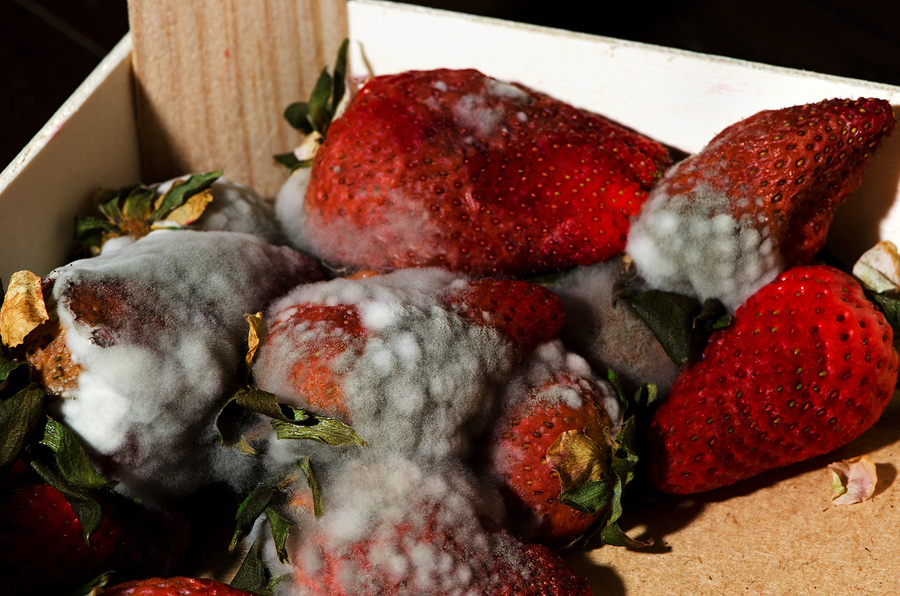We Waste a Lot of Food
The Guardian published an eye opening piece last week about food waste in America. As you’ll see, the state of food waste in our society is a shameful thing.
According to their research, the US wastes about 2 tons of food every second, adding up to more than 60 million tons each year. (The original report is given in tonnes, or metric tons, which are actually slightly heavier than the American ton. Ton = 2000 lbs; t犀利士
onne = 2204 lbs.)
The road from the farm to the table is a long one, and waste occurs at every stop along the way. The UN estimates that 17% of the food grown in North America is lost or wasted on the farm. One farmer who is interviewed in the Guardian piece estimates that the reality is closer to 25%. Much of this is food with blemishes or imperfections that is too risky to ship to distributors – if the produce is rejected, the farmer is stuck with the shipping bill.
Some food is wasted in the packaging and distribution system due to imperfections and errors. But much more is wasted at home and in restaurants, in our kitchens.
Read more: Are You Prepared for Peak Chicken?
The Kitchen – Where Produce Goes to Die
According to the Guardian’s estimates, 16% of all the potatoes that make it to market are wasted at the end of the distribution chain – in our kitchens. That number is worse for lettuce, with about 24% wasted in kitchens. And the list goes on; 20% of bread, 21% of yogurt, 15% of chicken – wasted in kitchens.
These estimates include home kitchens, restaurant kitchens, and other kitchens like those in schools and nursing homes. At any rate, this is food that is perfect enough to make it to market, survives the packaging and distribution system, but still gets wasted at the end of the day.
Some of this kitchen waste is due to mismanagement in ordering and scheduling, some of it is due to people walking out of restaurants without their leftovers, and some of it is hiding in the back of our refrigerators. However the food is getting wasted – each of us has a part to play in bringing these numbers down.
Writing contest entry: Free Soup for Fall and Winter
Food Waste Presents Opportunity for Innovation
If you think like I do, the image of 2 tons of rotting produce might look pretty awesome. Imagine how much fresh, rich compost you could make… But the reality is much different. According to the Guardian, less than 3% of food waste ever makes it to a compost pile. It’s hard to believe, but in America we waste about 40% of our food, and 97% of that waste goes straight into a landfill.
A few innovators have recognized the opportunity that all of this waste represents. Earlier this year, Whole Foods started a pilot program to test market “ugly” produce at stores in California – in partnership with a startup company called Imperfect Produce. And in any region where a specific crop is grown in abundance, there is opportunity for businesses to capitalize on tons imperfect produce by finding ways to put the otherwise wasted food to use in products where appearances don’t matter.
I’ll leave you with this public service announcement from the Ad Council’s Save the Food project. I’m not sure what’s going on with the taboo relationship between the strawberry and the lime, but it’s a sad story nonetheless. Visit their website at savethefood.com for tips on how to store food well and avoid wasting food in your own kitchen.
Sources:
1: From field to fork: the six stages of wasting food. The Guardian Online. https://www.theguardian.com/environment/2016/jul/14/from-field-to-fork-the-six-stages-of-wasting-food
2: Startups see potential in ‘ugly food’ rejected by supermarkets. USA Today. http://www.usatoday.com/story/news/2016/03/04/ugly-food-startup/80815244/









COMMENTS(7)
Excellent article. A lot of food is wasted in restaurants due to being taught by instructors of job applicants and political kindness or ignorance that it is OK to leave a little food on your plate before finishing. I attended one of these seminars at my university in Indianapolis and ignored the instructor. I usually clean out my plate with my roll, fork or spoon. I am teased by my brother because my plate is almost clean enough to put back into the cupboard. Why? I have started plants from seed, replanted them in the garden and helped them to flourish so I could reap a crop for canning or freezing. That explains one reason to eat everything on your plate. If you don’t like the food item, don’t place it on your plate or purchase it. But as the article pointed out, the decaying food should be composted to make better soil for the upcoming new plantings.
In some cases the ‘rejection’ is not coming from the markets but the regulators. Some states (CA cough, cough) thru the marketing boards require that only Grade A blemish free fruit can be retailed. The lower grades just rot in the fields because it is more expensive overall to manage below grade product.
One should also consider that a third of the food that is consumed has ‘tailings’, skins, roots, etc that are trimmed off. We rarely have waste leaving our homestead. The chooks get nearly all the tailings to consume. Lawton and others have made the point that chickens or pigs should be permitted anywhere if properly housed and managed. They terminate the return stream of wastes going to the landfill.
Hmmm.. let’s see… 60 million tons per person (USA) per year = 1/5th of a ton or less per year per person = 1lb per person per day……… compared to the Rumpke size disposal of produce that didn’t fit the wrappers and such insanity instead of handing it to people who can’t get decent food in their local store/nbhd…… that’s the perspective on shame…….
Hi,
There are many ways to look at this situation.
In food services it is called handling waste.
Trimming too much as in stemming strawberries.
Our ag production is geared for picking early, gassing or storing, retarding ripening, etc.
Go on a tour of a huge produce business, learn what the produce goes under to be stored, delivered etc.
Find out how many at Farmers Markets buy at large produce companies and sell as farm produce.
Look at it as a systems model, go from seed producer, farmer, middle man, market, consumer.
Think if you garden how you handle your garden produce. Now times that by millions!
Today’s customers “want it now” last week I actually could smell a ripe cantaloupe in the store. It was pure sweet ripe candy. I made our child smell it and when we ate it they were shocked.
Cafes serve unripe fruit all the time, so people think it is the standard.
A home needs to have a system in place to use what ever it is they buy.
For anyone to change they have to recognize first what they are doing, then come up with a plan to implement it.
For those of us blessed to be raised by “aware” parents we have the obligation to teach our children and friends.
Many colleges and universities now only serve with a plate and bowels, no trays as they have found that less food is wasted.
Kids just discard with no regard of cost labor or effort.
My mom often said…”waste not want not”!
Charge kids for what is thrown away. Take less, seconds can be had but only if your “stomach is smaller than tour eyes”.
Food is used as control in many house holds.
Parents have no idea how to make kids eat well and not be over come by begging, crying or whining.
We eat the whole apple, minus the stem. Apple seeds are “anti-carcinogenic! These natural chemicals repel cancer cells. As is the inner white part of an orange peel.
I call it the “farmacy” factor.
Each one of needs to teach one and make it a point to tell our grocers.
Tiny points, become a waterfall and we all gain.
Still the government forbid the food donation. Sad.